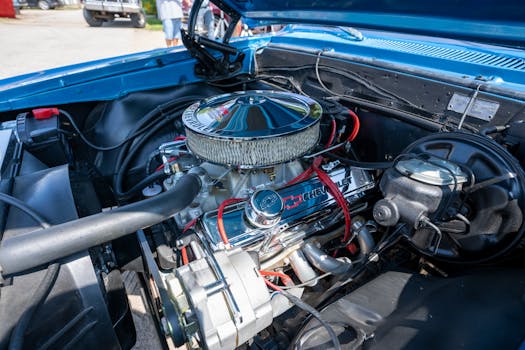
Understanding the Inner Workings of Your Vehicle’s Engine
Takeaways: Grasping the fundamental concepts of your vehicle’s engine can enhance your automotive knowledge, improve maintenance practices, and ultimately lead to better vehicle performance. This article covers the essential components, types, and functionalities of internal combustion engines.
Introduction to Vehicle Engines
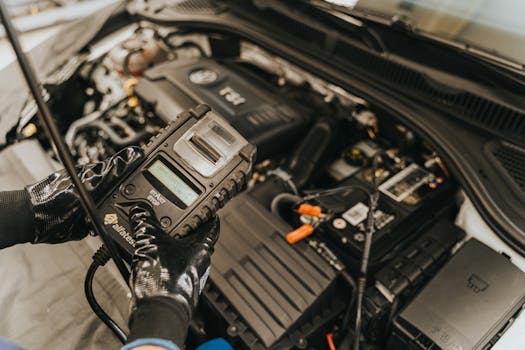
The Anatomy of an Internal Combustion Engine
At a basic level, most vehicles operate using an internal combustion engine (ICE), which consists of several key components. Here’s a closer look at these components and their functions:
- Cylinders: The cylinders are where the fuel-air mixture ignites. Most engines have four, six, or eight cylinders, and they can be arranged in various configurations like inline or V-shaped.
- Pistons: Pistons move up and down within the cylinders, converting the energy from the combustion process into mechanical energy that ultimately powers the vehicle.
- Crankshaft: The crankshaft is connected to the pistons and transforms their linear motion into rotational motion, which drives the wheels.
- Camshaft: The camshaft controls the opening and closing of the engine’s valves, ensuring that the air and fuel enter the cylinders at the right time.
- Valves: Valves regulate the flow of air and fuel into the cylinders and exhaust gases out of them.
- Fuel Injector: This component sprays the right amount of fuel into the combustion chamber, mixing it with air for efficient ignition.
- Spark Plug: Spark plugs ignite the fuel-air mixture, causing combustion to occur within the cylinders.
- Exhaust System: After combustion, the exhaust system expels waste gases from the engine, ensuring optimal performance and efficiency.
How an Internal Combustion Engine Works
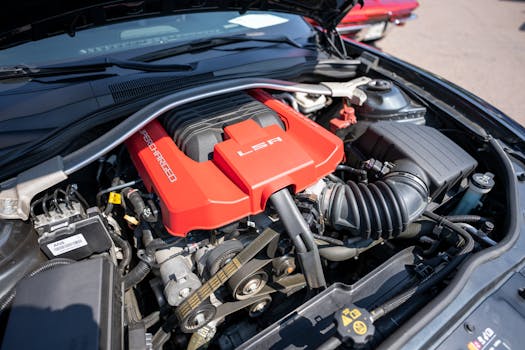
- Intake Stroke: The engine draws in a mixture of air and fuel as the piston moves down, creating a vacuum that allows the mixture to enter the cylinder.
- Compression Stroke: The piston moves back up, compressing the fuel-air mixture, which raises its temperature and prepares it for ignition.
- Power Stroke: The spark plug ignites the compressed mixture, causing a rapid expansion of gases that pushes the piston down, generating power.
- Exhaust Stroke: The piston moves back up again, forcing the spent gases out of the cylinder and into the exhaust system.
Types of Internal Combustion Engines
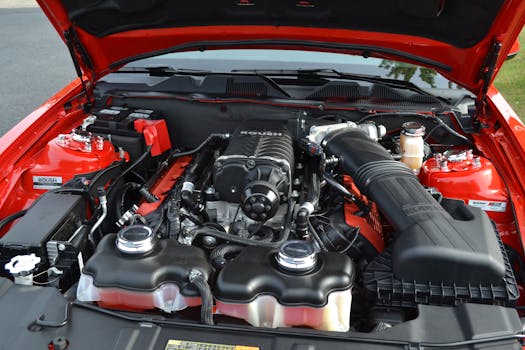
- Gasoline Engines: Most common in passenger vehicles, these engines use spark ignition to combust a mixture of air and gasoline.
- Diesel Engines: Diesel engines operate on compression ignition, using higher compression ratios and diesel fuel, which makes them more fuel-efficient for heavy-duty applications.
- Rotary Engines: Also known as Wankel engines, these utilize a triangular rotor instead of pistons. They are lighter and can offer high power output for their size.
- Hybrid Engines: Combining traditional internal combustion engines with electric propulsion, hybrid engines aim for improved fuel efficiency and reduced emissions.
Maintaining Your Engine for Optimal Performance
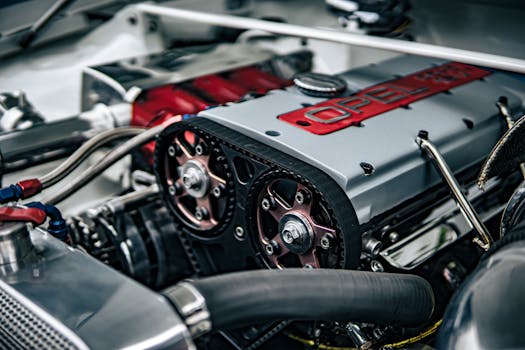
- Regular Oil Changes: Engine oil lubricates moving parts and prevents wear. Change it according to your manufacturer’s recommendations.
- Check the Cooling System: Ensure your radiator and coolant levels are adequate to prevent overheating.
- Inspect Spark Plugs: Faulty spark plugs can lead to poor engine performance. Regularly check and replace them as needed.
- Air Filters: Clean air filters improve airflow to the engine, enhancing performance and fuel efficiency.
- Listen for Unusual Noises: Any knocking or rattling sounds can indicate underlying issues that need immediate attention.
Conclusion
